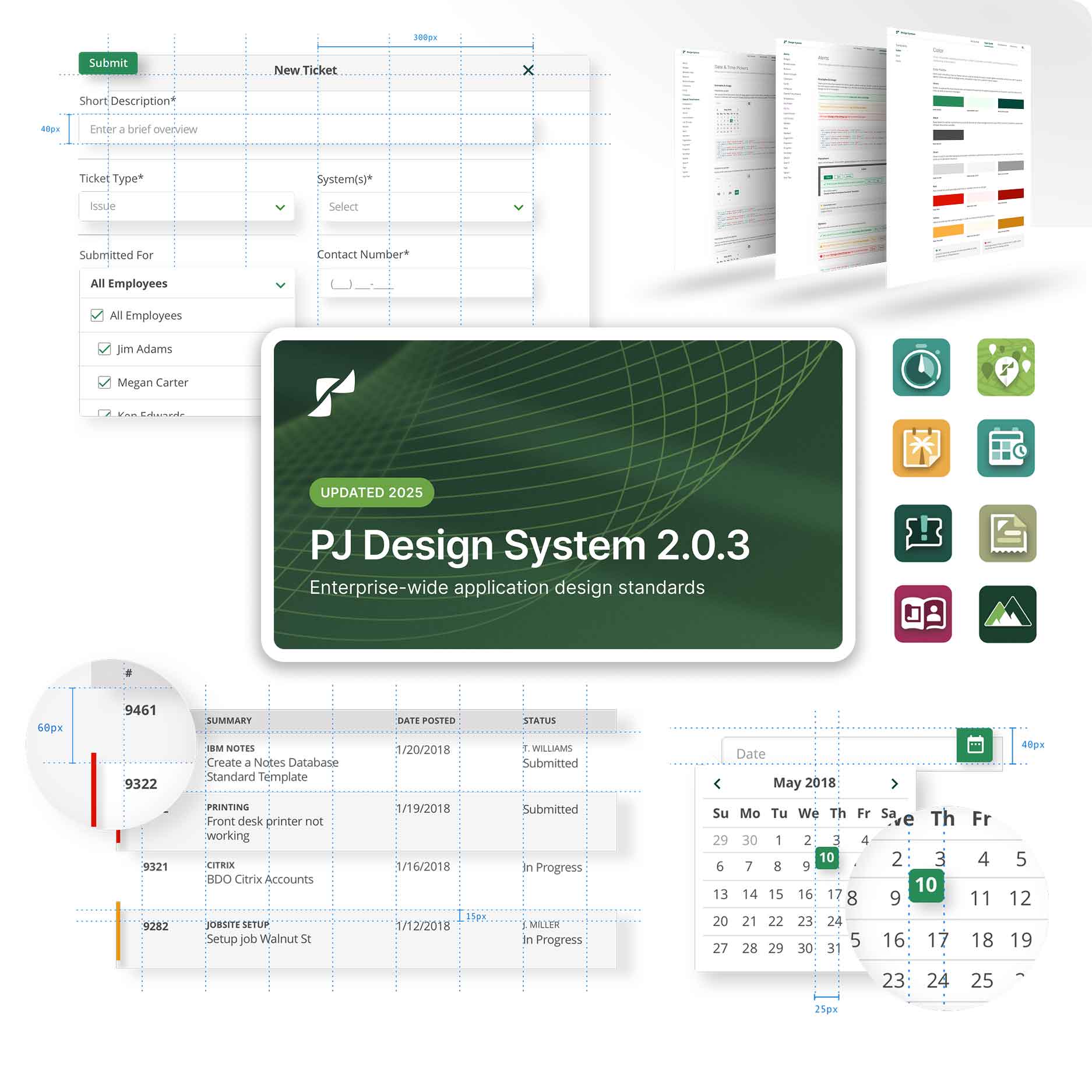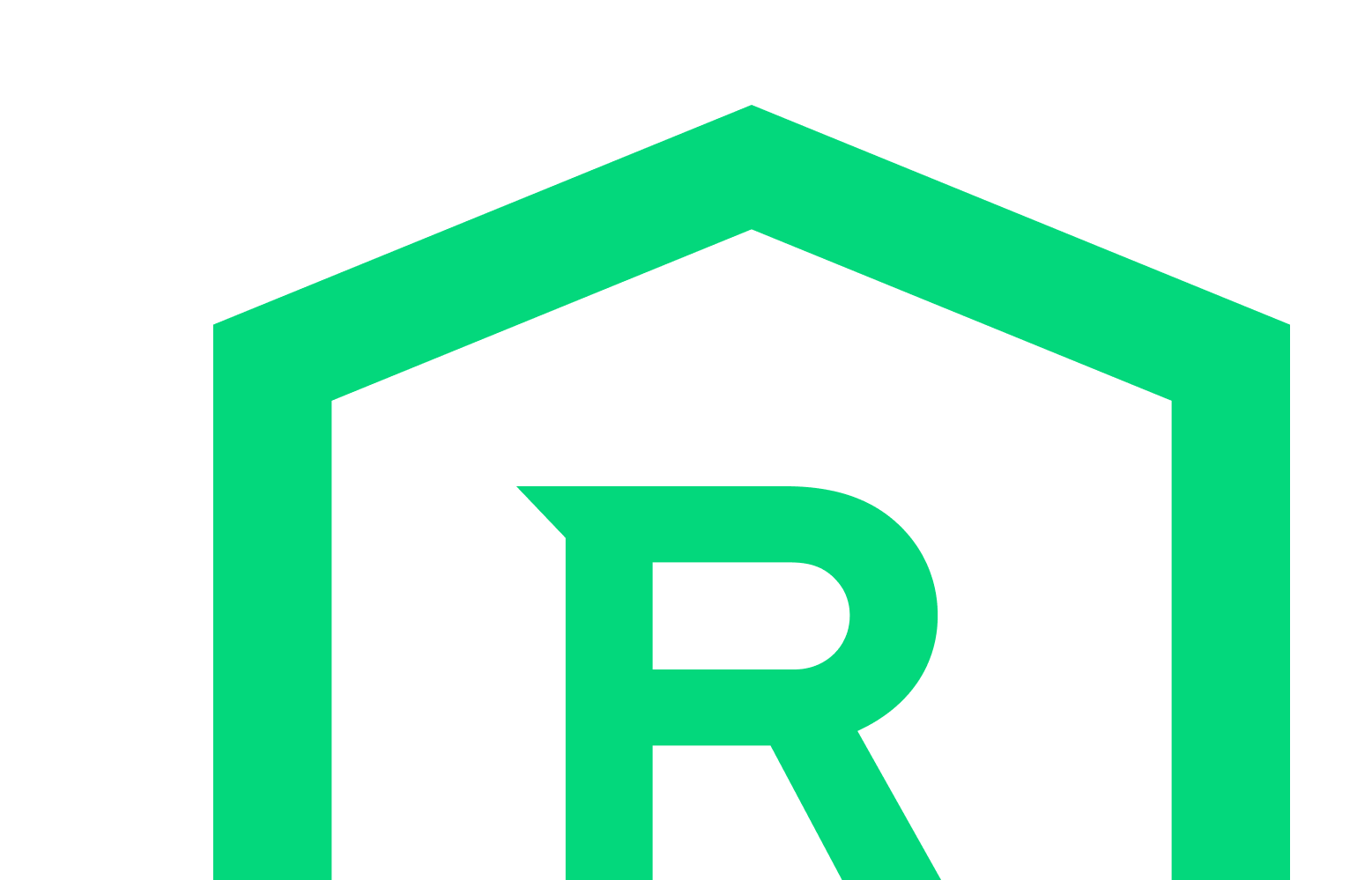
Design Systems Creation Services
Building Consistency and Speed Into Software Development
When scaling a product, whether it’s a marketing website, a web app, or a mobile platform, the biggest challenge usually ensuring everything looks, feels, and works cohesively. That’s where a design system comes in.
A design system is more than just a style guide or a collection of UI components. It’s a framework that includes rules, reusable elements, and design principles in one unified location. Don't start from scratch with every new screen or feature. Your team can work more quickly, collaborate effectively, and provide a consistent brand and user experience across platforms with a new design system.

What is a Design System?
At its core, the creation of a design system sets standard and reusable assets, like buttons, typography, colors, forms, and navigation patterns. It comes with guidelines on when and how to use these elements. It connects designers and developers, ensuring every team member works from the same blueprint.
Once established, it scales across web, iOS, Android apps, and more. This consistency means users always feel like they’re interacting with a single brand, not a collection of disjointed experiences.
Why Design Systems Matter
A solid design system helps product managers, IT leaders, and UX managers feel confident that every interaction users have with your app or website is consistent and purposeful, regardless of platform. By leveraging reusable components, development processes become faster and more predictable, allowing your team to focus on higher-priority product initiatives and not repetitive tasks. A skilled app design firm provides a common framework for designers, developers, and stakeholders, improving collaboration, reducing misunderstandings, and keeping everyone aligned. As your app grows, it becomes easier and more controlled to add new features or expand functionality. Maintaining consistent visual and interaction patterns, guided by an experienced app design firm, also strengthens your brand identity, boosting user trust and engagement at every point of contact.
Benefits of Hiring an App Design Firm
When you invest in a design system, you’re getting a foundational toolkit to help your app design team build with speed, quality and at scale. This approach leads to fewer inconsistencies, less design debt, and a quicker path to launch for each new app.
Launching a startup app? Managing a large platform? Either way, a design system helps you move confidently. Roket can help you build it the right way from the ground up, just like did with the design system we created for PJ Dick.
Want to future-proof your digital product with a design system? Let’s talk.
FAQ: Design System Creation Service
How long does it take to create a design system?
For smaller apps, a design system can be created in a few weeks by standardizing core components like buttons, colors, and typography. For larger organizations with multiple platforms (mobile, web, marketing) and teams, a professional app design firm can take several months to audit existing designs, build a comprehensive component library, and publish detailed documentation. Working with an app design firm ensures the system is scalable, consistent, and fully aligned with both user needs and business goals.
What’s the difference between a design system, a style guide, and a component library?
A style guide defines basic brand elements like colors, fonts, and logos, while a component library provides reusable UI pieces like forms, date pickers, and data tables. Design system creation goes further—it combines both visuals and components with rules, documentation, and templates that guide how and when elements should be used. A skilled app design company creates a complete design system that serves as the playbook for your product, ensuring it looks consistent and functions on-brand across every screen and platform.
Do I really need a design system for my software product?
If your product is expected to grow, serve multiple platforms, or involve more than one designer or developer, a design system from an experienced app design firm saves time, reduces inconsistencies, and strengthens your brand experience. For teams looking to scale quickly and avoid design and development bottlenecks, it becomes a critical investment that pays off in efficiency, quality, and user enjoyment.


